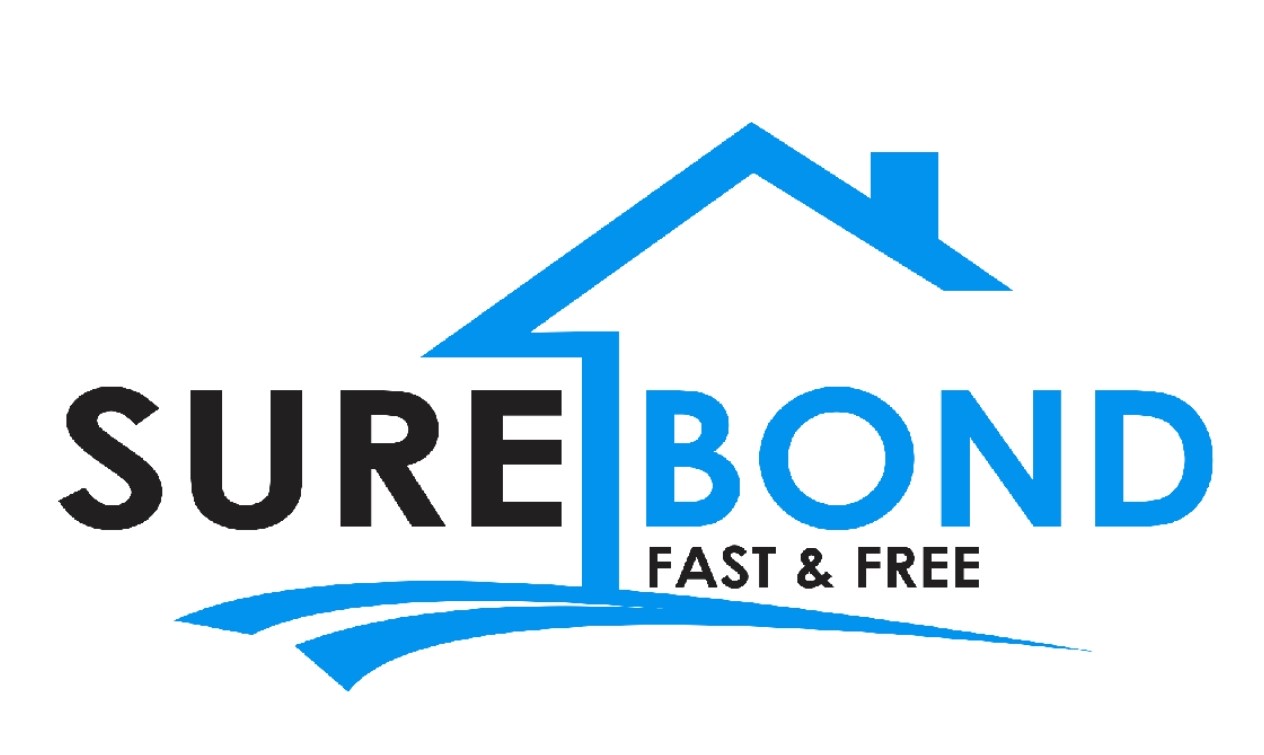Home loan lending criteria: How do banks approve loans?

are standard across the board. Here’s our guide to lending policy.
Article summary
- Looking to buy a home? Find out what the lending policy of banks is.
- Check what you might qualify for in terms of home loan finance and associated repayments by using home loan originator evo’s range of home loan calculators.
- Make sure you request your credit score from a credit bureau as this will affect the success of your application.
If you’re in the market to buy a new home, chances are you’ll be looking for some level of financing help from the banks. Different banks have different lending criteria, and you need to know what those are to give yourself the best chance of acquiring a home loan at a favourable interest rate. Here’s what you need to know about a bank’s home loan criteria.
Standard home loan criteria for South African banks
Though banks may vary in what finance packages they are willing to offer, there are certain requirements that apply in general. For example:
- The homebuyer’s credit record (the higher the credit score, the better your chance of acquiring a home loan at good rates).
- The state of the property market (banks are more cautious about lending during periods of economic downturn).
- Affordability (the bank will ascertain whether you can afford to pay the home loan on the property you’re buying).
Property assessment (the bank will assess the property to ensure that it is suitable security for lending purposes and compare the market value to the purchase price).
In all cases, the requirements of the banks may vary. For example, one bank might be willing to approve a home loan application with a lower credit score than another bank. So you could potentially have a home loan application rejected at one bank but approved by another. This is why it helps to use a bond originator like evo, who will apply to multiple banks on your behalf and help secure you the best possible deal out of what’s available.
How does a client’s credit score link to bank lending practices?
A common method that banks use for evaluating credit risk is their credit score card, a statistically based model for attributing a number (score) to an applicant that predicts customer behaviour. In calculating the score, a range of data sources is used, including that from the home loan application form, from credit bureaux and, where applicable, from products the client already holds with the lender. The rules and regulations for banks’ individual credit policies are also included in their credit scorecard results.
Home loan lending criteria during an economic downturn
Banks will lend more cautiously when the economy is showing negative growth.
They are less likely, for instance, to offer homebuyers a 100% home loan due to the risk of negative property price growth linked to lack of demand for property during an economic downturn. Banks may also require homebuyers who purchase property in an area that is more exposed to the risks associated with a downturn in economic growth to put down a larger deposit. They will be more cautious about lending to homebuyers who derive their income from industries who are reporting significant job losses as a result of an economic downturn.
How do banks’ credit policies differ with regard to affordability and credit risk?
Banks are required to comply with National Credit Act regulations when assessing an application for finance. Their credit policies therefore have the same fundamental principle of ensuring that the applicant has a good history of responsible debt repayment behaviour and sufficient net surplus income after monthly household expenses and contractual debt payments to afford the home loan instalment. However, banks do have different appetites for
risk in terms of their respective credit policies and will apply their individual credit and pricing policies accordingly.
If you are just thinking about buying a home, or are ready to put in an offer, evo gets you the best deal on your home loan – for free. To make the home-buying process that much easier, evo also offers a range of home loan calculators to help make the home-buying process easier. Get prequalified for a home loan with evo, then, when you’re ready, you can apply for a home loan with evo.





